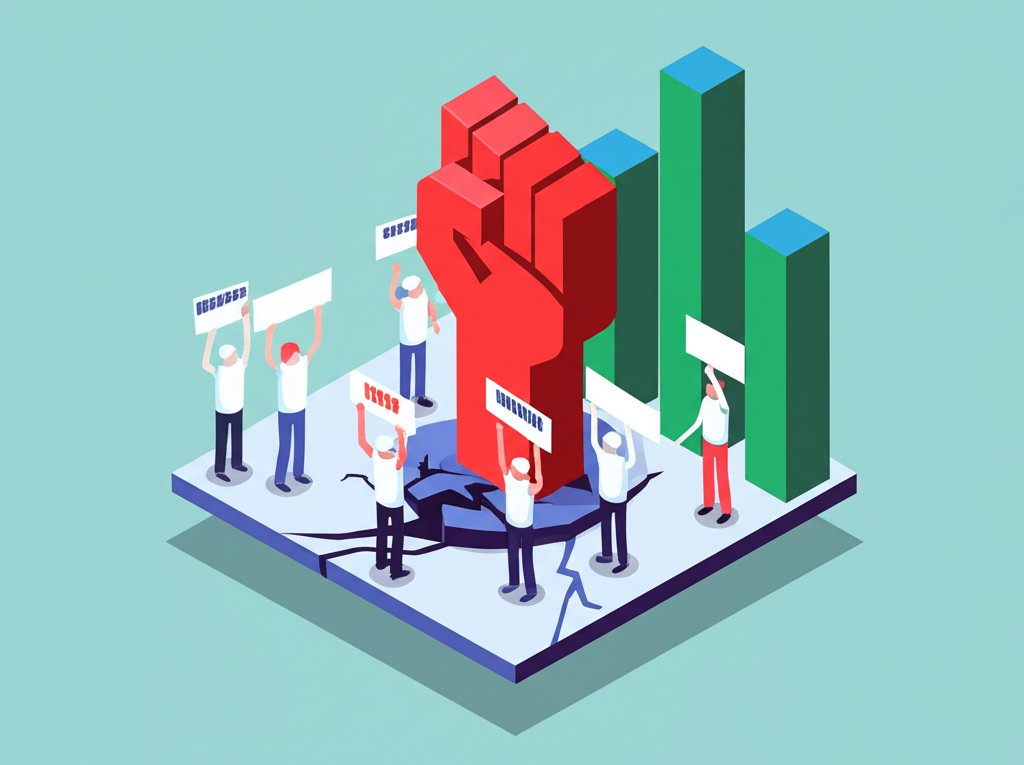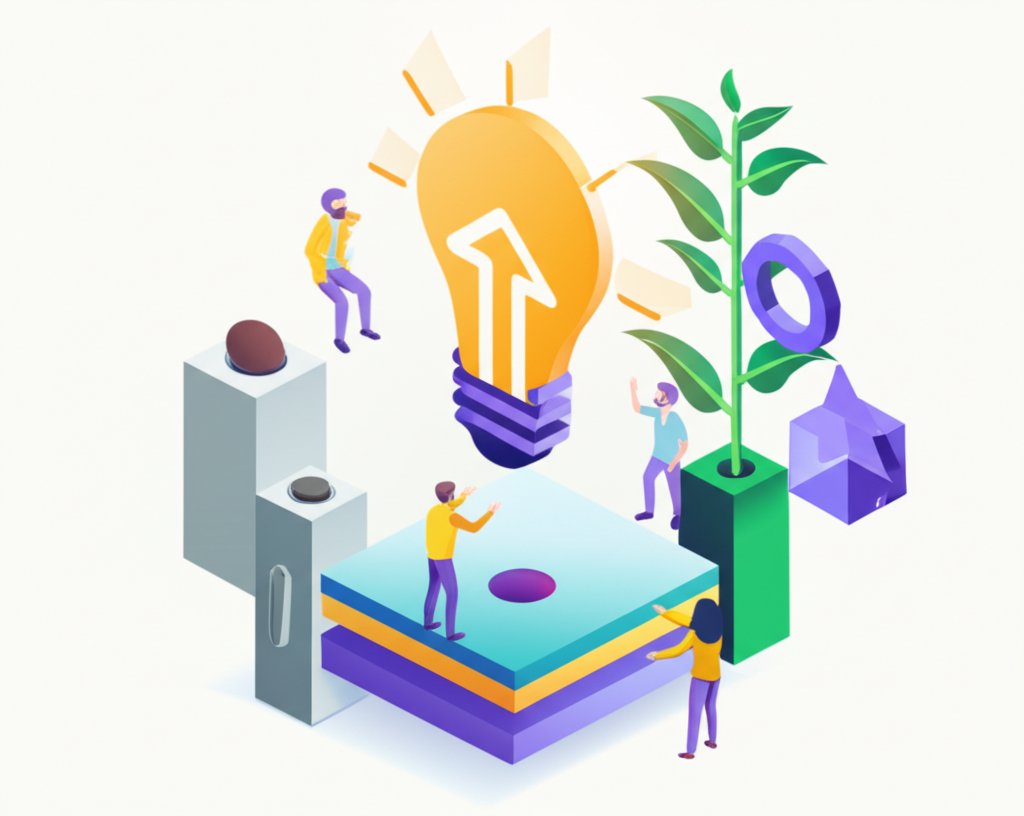In every epoch, across every civilization, there exist audacious individuals who refuse to accept the world as it is. These are the fearless change-makers, the pioneers who challenge convention, dismantle injustice, and relentlessly pursue a better future. Their unwavering commitment initiates transformative change—deep, lasting shifts that reshape societies, economies, and human experiences. This article delves into the heart of their movements, exploring the motivations that fuel them, the multifaceted strategies they employ, and the enduring impact they leave, empowering you to recognize and perhaps even become one of these crucial agents of change.
Understanding Transformative Change: More Than Just Incremental Shifts
Transformative change is far more profound than minor adjustments or temporary fixes. It signifies a fundamental reordering of systems, beliefs, and power dynamics, leading to an entirely new state. Unlike incremental improvements, which work within existing frameworks, transformative change seeks to alter the very foundations of those frameworks.
Defining True Transformation
What makes change “transformative”? It’s characterized by:
Think of the shift from monarchies to democracies, the abolition of slavery, or the digital revolution – these are not small tweaks, but seismic shifts that fundamentally redefined human existence. Recognizing this scale helps us appreciate the extraordinary efforts of those who bring about such monumental shifts.
The Heart of the Movement: Who are Revolutionary Reformists and Activists?
At the core of every significant societal shift are individuals and groups who embody the spirit of progress. These are the revolutionary reformists and activists – distinct yet often overlapping roles that drive the engine of social change.
Revolutionary Reformists: Architects of Systemic Redesign
Revolutionary reformists are individuals or groups who advocate for significant, often radical, changes within existing systems, or who aim to dismantle oppressive systems entirely. The “revolutionary” aspect speaks to the depth and urgency of the changes they seek, while “reformist” suggests a strategic approach that may involve working through or significantly altering established institutions, rather than solely through violent overthrow. They are often characterized by:
Historically, figures who pushed for universal suffrage, civil rights, or the establishment of labor protections could be considered revolutionary reformists—their goals were deeply transformative, even if their methods often involved legal and political pathways.
Activists: The Pulse of Social Change
Activists are individuals who take direct action to bring about political or social change. They are the boots on the ground, the voices in the streets, and the organizers in communities. Their role is often more immediate and focused on drawing attention to specific injustices or advocating for particular policies. Key characteristics of activists include:
While all revolutionary reformists are activists, not all activists are revolutionary reformists. An activist might fight for a new local park, while a revolutionary reformist might aim to transform the entire urban planning system to prioritize green spaces for all. Both are vital for social change.
Driving Forces: Motivations Behind Social Change

What compels individuals to dedicate their lives to such challenging work, often against overwhelming odds? The motivations of revolutionary reformists and activists are deeply personal yet universally resonant, forming the bedrock of all social change movements.
The Pursuit of Justice and Equality
A fundamental driver is an acute awareness of injustice and a profound belief in the inherent equality and dignity of all human beings. This manifests as:
Empathy, Compassion, and a Better Future
Beyond abstract principles, many change-makers are moved by profound empathy for suffering and a deep desire to alleviate it.
These motivations transform individuals into agents of change, propelling them forward despite setbacks and resistance.
Mastering the Art of Impact: Strategies of Agents of Change
Agents of change employ a diverse arsenal of strategies, adapting their tactics to the specific context and challenges they face. From quiet diplomacy to mass mobilization, these approaches are designed to pressure power structures and ignite social change.
Grassroots Mobilization and Community Organizing
This is the foundation of many movements, building power from the ground up:
Direct Action: Visible Protests for Transformative Change
Often the most visible and impactful strategy, direct action aims to disrupt the status quo and demand attention:
Legislative Advocacy and Policy Influence
Working within the established political system to effect transformative change:
Digital Activism and Global Reach
The digital age has opened new avenues for activists:
The effective combination of these strategies is what allows revolutionary reformists and agents of change to drive meaningful progress.
Echoes Through Time: The Profound Impact of Fearless Change-Makers
Throughout history, the persistent efforts of revolutionary reformists and activists have been the crucible of transformative change, reshaping societies and setting new standards for justice and human dignity.
Pioneering Social Progress
From ancient rebellions to modern movements, their impact is evident:
Shaping Corporate Responsibility and Ethical Norms
The influence of agents of change extends beyond government, compelling businesses to adopt more ethical practices:
The legacy of these change-makers is not just in the laws they helped pass but in the expanded moral imagination of humanity, demonstrating that collective action can achieve the seemingly impossible transformative change.
Navigating the Storm: Challenges and Resilience of Modern Activism
Despite their formidable impact, revolutionary reformists and activists consistently face significant hurdles. The path to transformative change is rarely smooth, often marked by resistance, backlash, and the inherent difficulties of sustained effort.
Entrenched Resistance from Vested Interests
Those who benefit from existing power structures often fiercely resist change:
Disinformation, Media Bias, and Co-optation
The battle for narrative is crucial and often manipulated:
Repression, Persecution, and Funding Gaps
The personal and organizational costs of activism can be immense:
Burnout and Mental Health
The emotional and psychological toll on agents of change is significant:
Despite these formidable obstacles, the resilience of revolutionary reformists and activists remains a testament to the human spirit’s capacity for hope and action. Their unwavering commitment continues to inspire countless others to join the fight for a more equitable and just world, proving that even the most formidable challenges can be overcome when people unite to demand transformative change.
Conclusion: Emboldening the Next Generation of Change-Makers

The narrative of human progress is fundamentally written by fearless change-makers. These revolutionary reformists and activists are not just observers of history; they are its architects, consistently pushing the boundaries of what is considered possible. Their relentless pursuit of social change through diverse strategies, fueled by profound motivations, has led to countless instances of transformative change that have bettered humanity.
While the challenges they face are immense—from powerful opposition and media manipulation to the personal toll of their work—their resilience is equally powerful. Understanding their journey provides not just historical insight but also a roadmap for future action. Every individual has the potential to be an agent of change, whether through grand gestures or small, consistent acts of advocacy in their own communities. The call to action is clear: recognize injustice, find your voice, and contribute to the ongoing, essential work of igniting transformative change in our world.
FAQ
Q1: What strategies are employed by activists to create change?
A1: Activists employ a wide range of strategies, including grassroots mobilization, community organizing, direct actions (like protests, boycotts, and civil disobedience), legislative advocacy, policy influence, digital activism, and forming coalitions to amplify their impact.
Q2: How do “revolutionary reformists” differ from typical “activists”?
A2: While all revolutionary reformists are activists, the term “revolutionary reformist” often implies a deeper, more systemic goal—aiming for fundamental, often radical, changes to the foundational structures of society, frequently through strategic engagement with existing systems. “Activists” can encompass a broader range of actions, from advocating for specific, immediate issues to more comprehensive systemic overhauls.
Q3: What is the fundamental difference between reform and revolution as strategies for systemic change?
A3: Reform typically involves making gradual changes within an existing system to improve it, often through legal or political channels. Revolution, on the other hand, aims for a complete and often abrupt overthrow or fundamental transformation of the existing system, creating an entirely new one. Revolutionary reformists often blend these by pushing for changes that are revolutionary in scope but may use more reform-oriented, strategic methods.
Q4: Despite broader revolutionary goals, how do radical activists engage with the political process?
A4: Even radical activists and revolutionary reformists often engage with the political process. They may do so by lobbying policymakers, providing policy recommendations, supporting candidates who align with their vision, or even running for office themselves. Their engagement aims to either shape policy from within or expose the limitations of the existing system to push for more fundamental change.
Q5: What are some contemporary challenges faced by agents of change?
A5: Contemporary challenges include rising societal polarization, strong resistance from vested interests, the spread of misinformation, media bias, co-optation of activist language by institutions, increased repression and criminalization of dissent, funding difficulties for grassroots organizations, and the pervasive issue of activist burnout and mental health concerns.










